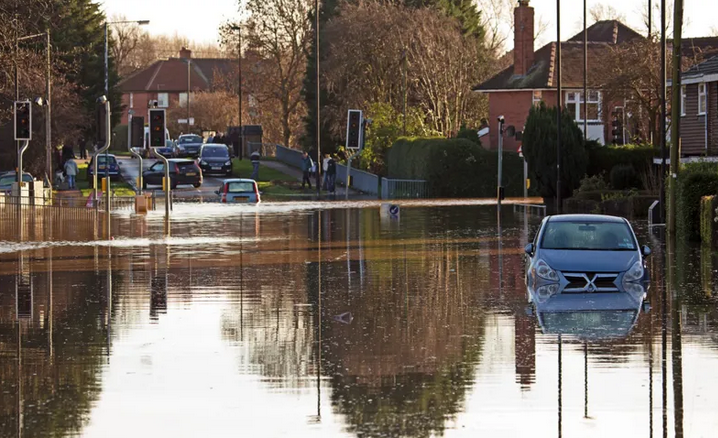The UK Government has set the target of reaching net zero carbon by 2050.
Heat in buildings accounts for 37% of annual greenhouse gas emissions. However, an estimated 10 million homes Britain are difficult to insulate or improve by conventional means.
The project, commissioned by the Department for Business, Energy and Industrial Strategy (BEIS), aims to identify these homes, define what makes a home ‘hard to treat’ or ‘hard to decarbonise’ (in the context of energy efficiency), and develop a practical framework to help inform policy and guidance to tackle challenging properties.
The study is being undertaken by a collaboration between the Bartlett School of Architecture, University College London and urban innovation agency, DG Cities.

Initial research includes an assessment of existing evidence, and interviews with specialists in housing, energy, conservation, industry, residents’ associations and built environment professionals, among others, to build an extensive evidence base.
Ed Houghton, Head of Research and Service Design at DG Cities: “This isn’t just about buildings, it’s about people – ‘hard to treat’ doesn’t just mean the properties, but also the diversity of ownership, needs, as well as the time and budget residents are able to spend.
“The project is about making sure that nobody, and no property, is left behind when it comes to the transition to net zero carbon. We want to highlight what works, and draw on a wide range of examples to assess not only the challenges of these properties, but also the practical interventions that can make a difference.”
There are significant economic, social and health benefits to improving the quality of all housing stock, but there is a statistical relationship between ‘hard to treat’ and fuel poverty. For example, properties with uninsulated solid walls have a higher rate of fuel poverty than (22.5% of these households are in fuel poverty, compared to 8.0% of those with insulated solid walls).
Older homes are frequently more challenging to keep warm, and their residents are also more likely to be in fuel poverty: 21.7% of households living in pre-1919 homes were in fuel poverty in 2020, compared to 10% of those built between 1965 and 1985; and less than 5% of those built after 2002.
Dr Rokia Raslan, University College London: “’Hard to treat’ and ‘hard to decarbonise’ homes have long been overlooked by policies that aim to decarbonise our homes, due to the lack of evidence surrounding them. It’s more important than ever that we start collating, analysing and using this knowledge to pave the way to ensuring these homes and their occupants are set to benefit from the net zero transition.”
The sheer diversity of homes in the UK means there is no one-size fits all solution – the country also has the oldest housing stock in Europe. The study will address every domestic building type, from heritage properties to multiple-occupancy towers; any type of home where it is not easy to incorporate conventional cavity insulation, loft insulation or low-carbon heating solutions, such as heat pumps.
The efficacy of approaches will of differ considerably by context, materials, housing type and resident behaviour.
To find out more and take part, visit: www.dgcities.com/hard-to-treat-homes




















